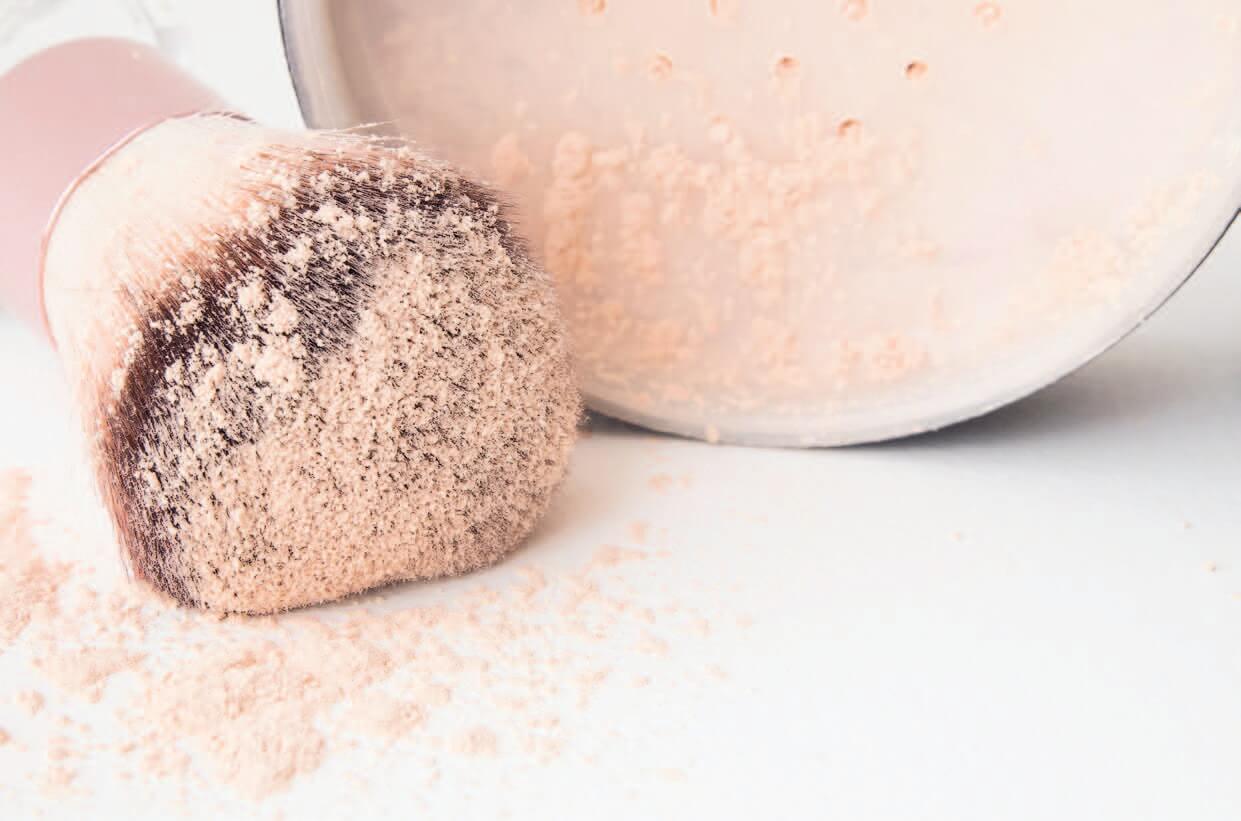Introduction
The idea of “clean beauty” has swept across the cosmetics market, establishing a new paradigm. Messages like “free of harmful ingredients” seems to be now the standard. The focus is entirely on avoiding “suspicious ingredients” when developing cosmetic formulations, and “free-from” claims are commonplace in advertising and on product packaging. In other words, all the attention is on what we don’t want.
In talking about Talc, we were interested in clarifying the situation and identifying new ways to move away from fear-driven arguments and focus on what is good and desirable for attractive cosmetic formulations.
Status of talc within last years
In general, fillers in formulations serve to simply “fill” with selective specific formulation or application impact. They are commonly used in high percentages in all types of color cosmetics like powders and oil/wax-based formulations. Talc finds its use in various applications with usually high color pigment content, like blush, eyeshadow, compact foundation, and any kind of sticks. The highest concentrations are found in products like eyeshadow and face powders, in which they can reach levels up to 70–90%. Smaller amounts (10–30%) are used in wax/oil-based pasty products, pencils, and pigmented emulsions such as mascara and eyeliner.
Protected Content
This article is only available to subscribers. Please log in below or subscribe here to get full access to all articles and issues.
To unlock this article and all other digital articles subscribe here




